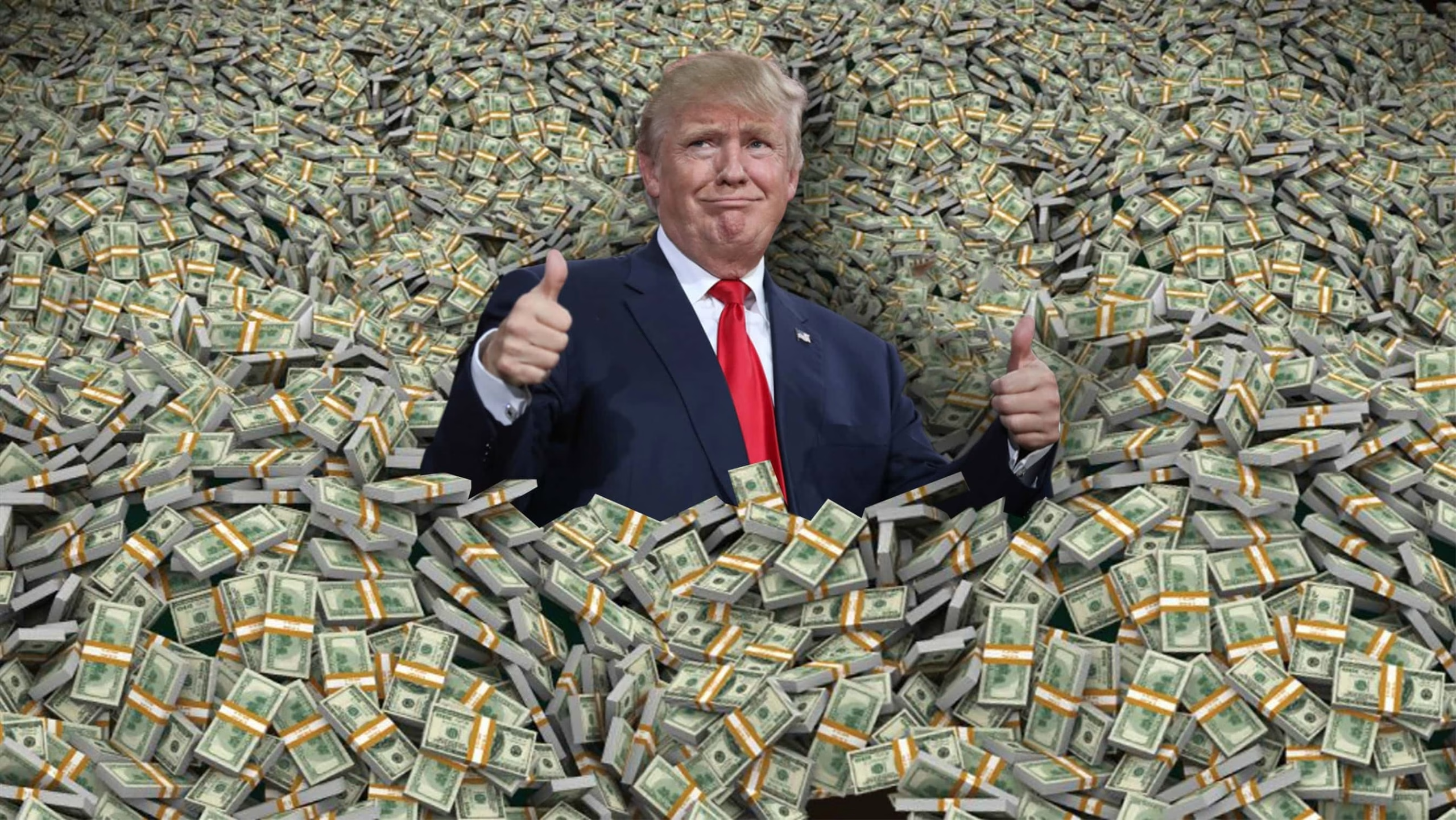By Don Terry | Saturday, October 04, 2025 | 5 min read
President Donald Trump has never been one to shy away from big numbers, but his latest boast has economists, lawmakers, and fact-checkers scratching their heads. In several recent interviews and speeches, Trump has claimed that the United States has seen “$17 trillion of investment” since the start of his second term. The statement, repeated with confidence and without evidence, has quickly drawn skepticism from across the political spectrum.
On the surface, the claim sounds impressive — even historic. Seventeen trillion dollars would represent an enormous surge in investment, equivalent to more than half of the nation’s total gross domestic product. For context, the U.S. economy produces roughly $27 trillion in goods and services annually. If Trump’s numbers were accurate, America’s GDP would have exploded almost overnight, a development that would be impossible to miss.
Yet, no credible economic data, government report, or private sector analysis supports Trump’s assertion. Financial experts and policy analysts have uniformly dismissed the figure as baseless. “If there is $17 trillion somewhere, the government doesn’t know about it,” said Rep. Carlos Garcia, a senior member of the House Financial Services Committee. “None of our committees have access to it. Treasury has no idea what the hell he’s talking about. He’s either lying, or he’s somehow stashed away money in some magical way, which would mean even more corruption.”
Garcia’s blunt response echoes the frustration many in Washington feel when confronted with Trump’s frequent exaggerations. During his first term, Trump became known for tossing out large, often unverifiable economic figures — whether about trade deals, job creation, or stock market growth. But this latest claim takes that tendency to a new level.
The situation took another turn when California Governor Gavin Newsom joined the conversation. His press office reposted a clip of Garcia’s interview on social media, adding a sharp caption: “Trump has claimed $17 trillion has come in during his first 9 months! Yet, he’s shut down the government! Either the money is missing, or he’s misleading the American people!”
The remark referred to the ongoing federal shutdown, which has stretched into its third week amid political gridlock over spending priorities. The juxtaposition — a supposed $17 trillion windfall against a government that can’t pay its workers — highlights the absurdity of the claim.
Economists say that if even a fraction of Trump’s figure were true, the evidence would be impossible to hide. Massive capital inflows would show up in financial markets, investment data, and tax receipts. Interest rates would likely surge, the dollar would soar, and Wall Street would be celebrating a record boom. None of that has happened.
Where does this $17 trillion figure even come from? Some analysts suggest Trump may have confused different measures, perhaps mistaking stock market gains or projected foreign investment for actual new money flowing into the U.S. economy. Others argue it’s simply a number crafted to impress, particularly on the global stage, such as at the United Nations. In reality, the $17 trillion claim is entirely unfounded—much like his repeated assertions of having “ended” seven or even ten wars, which have no basis in fact.
Critics also point to a larger pattern of misinformation. “When he says this stuff, you’d think his team would be confident enough to tell him it’s untrue and counterproductive,” said one former Trump administration official, speaking on condition of anonymity. “But they won’t. They’re enablers. They nod, they clap, and they move on.”
That enabling culture, according to several former aides, has allowed Trump to blur the line between political messaging and outright fabrication. The $17 trillion claim is just the latest in a long list of grandiose statements that have no basis in fact but resonate with his loyal supporters.
For those supporters, Trump’s words often function less as literal truth and more as a symbol of strength and confidence. But for policy experts and voters who care about facts, the repeated distortions carry real consequences. They create confusion, erode trust in institutions, and make it harder to have an honest debate about the nation’s economic direction.
In the end, the math speaks for itself. The United States did not receive $17 trillion in new investment this year — or in any year. The claim is not supported by data from the Treasury Department, the Bureau of Economic Analysis, or any independent financial source. It is, by every measurable standard, false.
Even as Trump presses forward with new tariffs and continues to dominate the political conversation, his inflated figures aren’t likely to disappear anytime soon. The real question is whether his base — and the American public at large — will keep taking these claims at face value, or finally begin asking for something that’s become all too rare in today’s politics: a little honesty.
Trump and FCC Left Seething as European Leaders Mock His False Boast About Ending a War
This Is How Civil Wars Start: Trump Turns American Cities Into Battlefields
Best Friends in Infamy: The Statue of Trump and Epstein, and the Art That Won’t Be Silenced
Comey’s Charges Had Nothing to Do With Russia Interference — This Was Trump’s Payback
Epstein Files Put Musk Back in Spotlight—Could Tesla’s $29 Billion Shareholder Payout Be at Risk?






